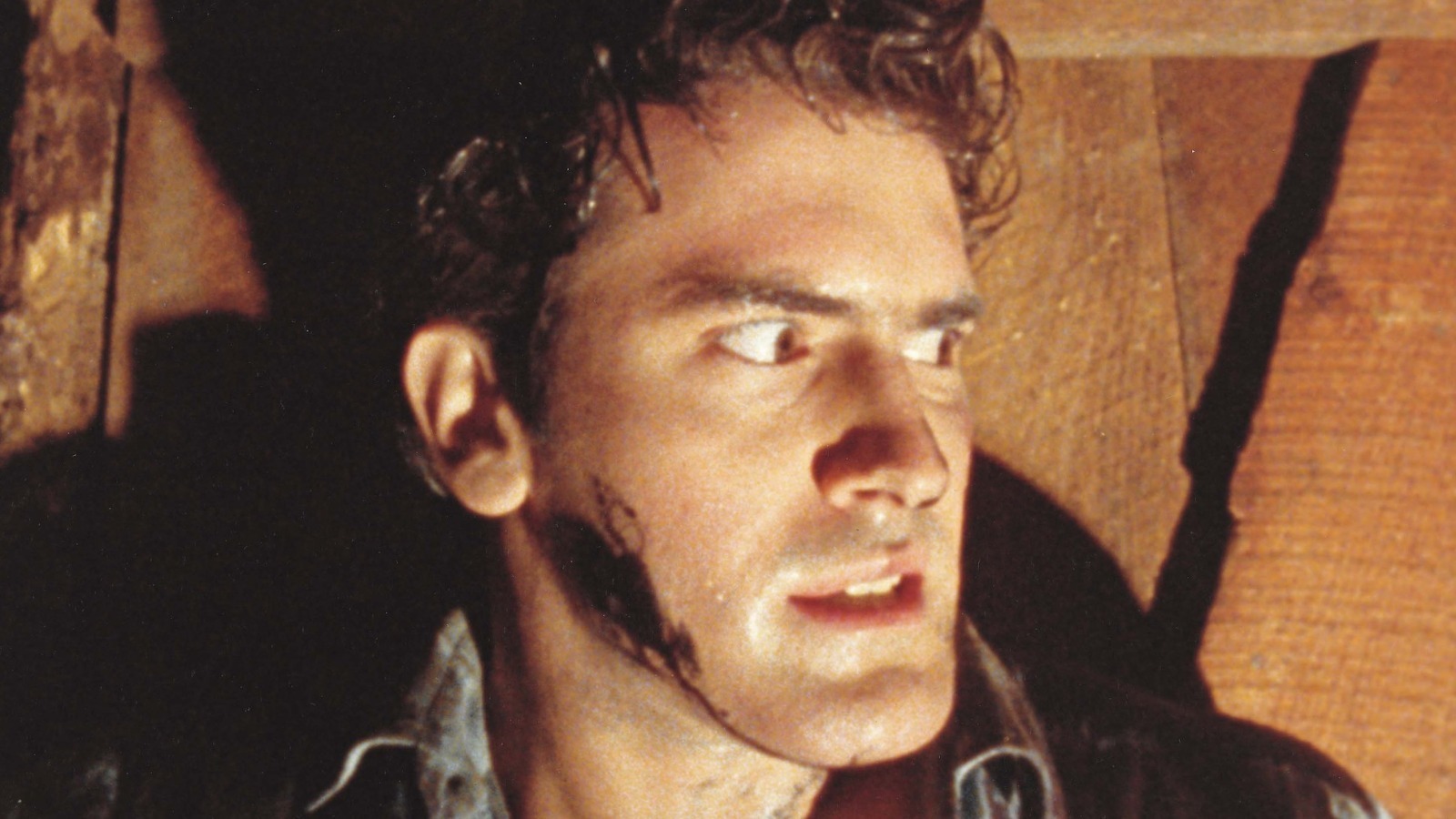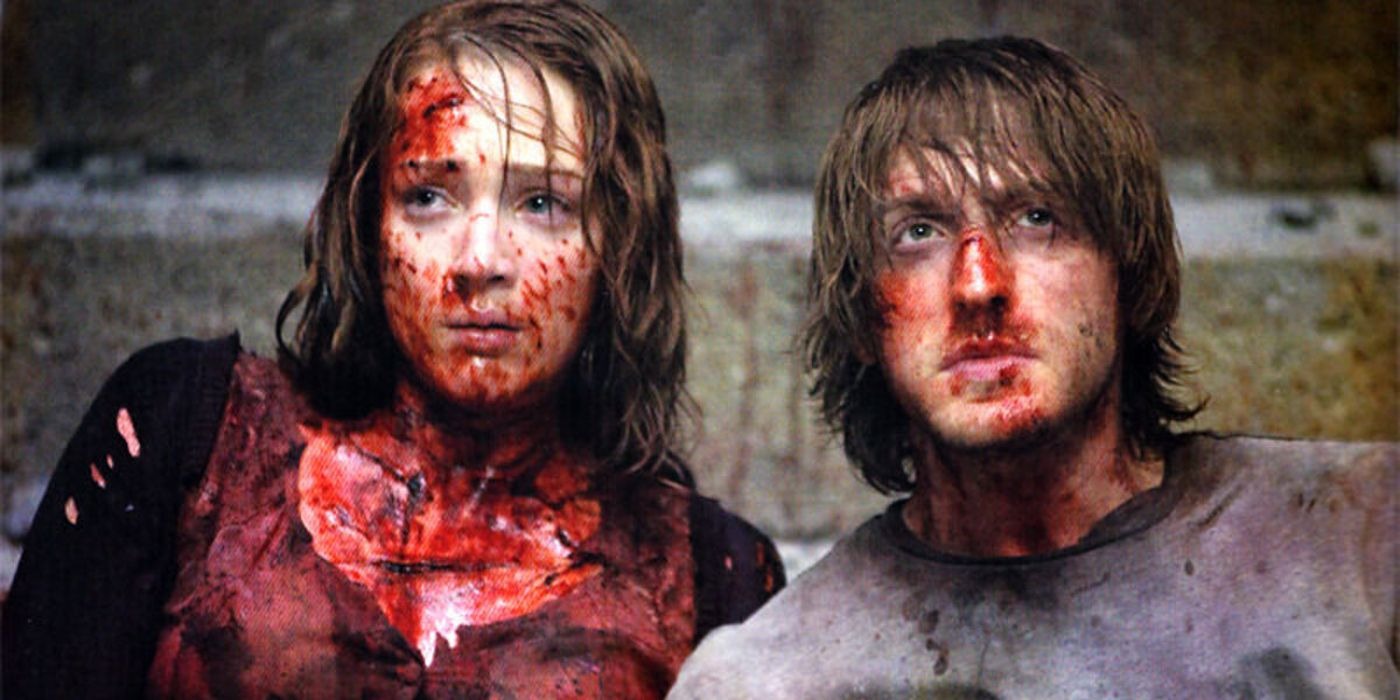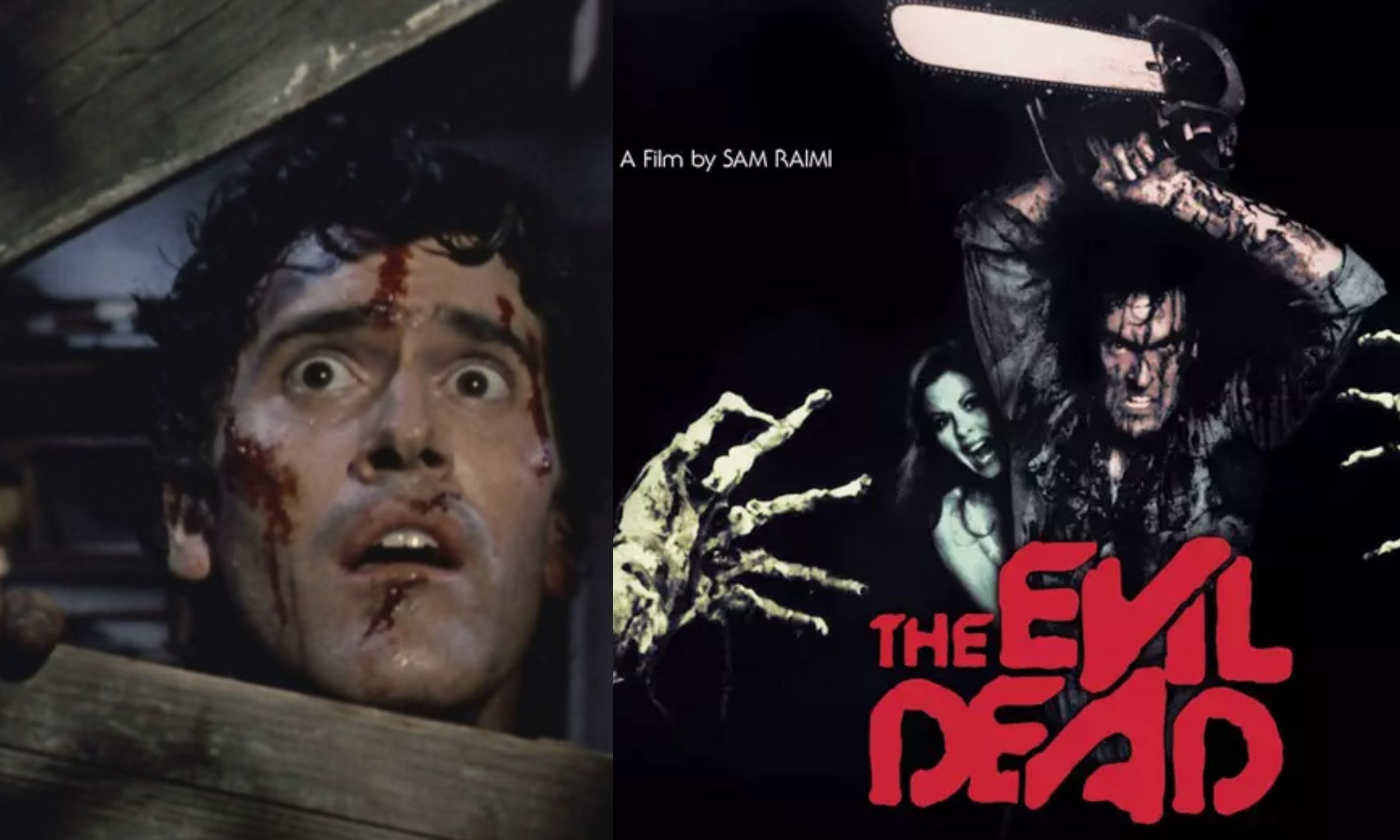During 1978, close collaborators Sam Raimi and Bruce Campbell decided to channel their creative energies into a horror project, having previously experimented with comedic short films on Super 8 mm. Their endeavor began with a proof-of-concept short film titled Within the Woods, starring Campbell and Ellen Sandweiss.
The story centered on a group of friends facing demonic possession while vacationing at an isolated cabin. This short served as a springboard to secure funding, enabling Raimi to develop it into his first feature-length horror film, The Evil Dead. Its release forever altered the genre’s trajectory.

Traditional horror elements form the backbone of The Evil Dead, with the story frequently leaning on familiar tropes, including characters making poor choices that hasten their demise.
The film’s primary antagonist, the Book of the Dead, borrows from Lovecraftian themes, though its execution can feel somewhat conventional.
Despite these challenges, Raimi’s ingenuity transforms the limited budget into an asset. From the haunting sound of a creaking swing to the unrelenting use of practical effects drenched in gore, Raimi creates an intense, surreal atmosphere that elevates the film’s tension and terror.
The film concludes with a shocking twist, subverting audience expectations just as Ash Williams (played by Campbell) seems to have escaped. Raimi denies the audience a sense of closure, instead plunging Ash into a new nightmare.
This abrupt turn cements the film’s reputation as both inventive and unsettling, leaving viewers questioning the boundaries between safety and horror.
The Reluctant Hero of Horror
The trope of the final survivor, often used in horror, is explored with a unique perspective in The Evil Dead. While this concept has been reinvented in films like The Cabin in the Woods, which deconstructs genre conventions, Ash stands apart as an unconventional protagonist.
Unlike traditional heroes who demonstrate resilience and decisiveness, Ash initially struggles with fear and indecision, contrasting sharply with his more assertive friend, Scott.
As events unfurl, Ash emerges as the character audiences connect with, despite lacking the usual traits of a final survivor. Scott’s aggressive tactics, including his willingness to fight off Deadites and make ruthless decisions, suggest he would endure. However, his self-serving attitude finally leads to his demise.
Ash, on the other hand, survives not because of brute force but because of his humanity. He is a reluctant participant forced to balance compassion for loved ones with the harrowing choices necessary for survival, giving his character a deeper, more complex arc.
Even after burning the Book of the Dead, Ash’s ordeal doesn’t end. The grotesque spectacle of the Deadites’ destruction, shown through striking stop-motion effects, marks him as permanently changed. His eventual fate at the film’s conclusion leaves little doubt that his trials are far from over.
Evil as an Omnipresent Force
Raimi’s depiction of evil in The Evil Dead spares no one and takes on an almost omniscient presence. One of the most unsettling scenes, the infamous tree assault, exemplifies the unrelenting cruelty embedded in the narrative.

While every character endures immense suffering, Ash’s trials are uniquely harrowing. His empathy becomes a weapon for the Deadites, who manipulate his emotions, leading to moments of profound heartbreak.
The malevolent force in Raimi’s story extends beyond physical threats. The pervasive evil preys on psychological vulnerabilities, turning loved ones into tormentors.
Techniques like the now-iconic shaky-cam effect underscore the unseen entity’s constant presence, watching and influencing the characters’ decisions. This voyeuristic perspective heightens the dread, making every corner of the film feel suffused with malice.
Even moments of humor, such as Deadite Cheryl’s mocking taunts, are laced with terror. These scenes blend dark comedy with psychological horror, showcasing evil’s ability to exploit every human emotion. Raimi’s chilling vision ensures that fear permeates every facet of the narrative.
Building the Foundation for a Franchise
The legacy of The Evil Dead laid the groundwork for an expansive franchise, which continues to evolve. Following the success of the original, two sequels further developed Ash’s story, reshaping his character from a hesitant survivor to a battle-hardened hero wielding his iconic boomstick.
By the third installment, Army of Darkness, Ash fully embraces his role as the final survivor, cementing his place as a legendary figure in horror cinema.
The 2013 reboot successfully reimagined the premise with a fresh perspective. While retaining the core elements, it amplified the gore and deepened the lore, paying homage to Raimi’s original vision. A post-credits scene featuring an older Ash served as a nod to the franchise’s roots and its enduring influence.
Decades later, The Evil Dead remains a cornerstone of horror, thanks to its unrelenting tension and unique protagonist. Ash’s journey resonates because it’s grounded in empathy, as he faces unimaginable horrors without losing his humanity. His resilience and compassion make his story a lasting testament to Raimi’s innovative approach to storytelling. Groovy indeed.



